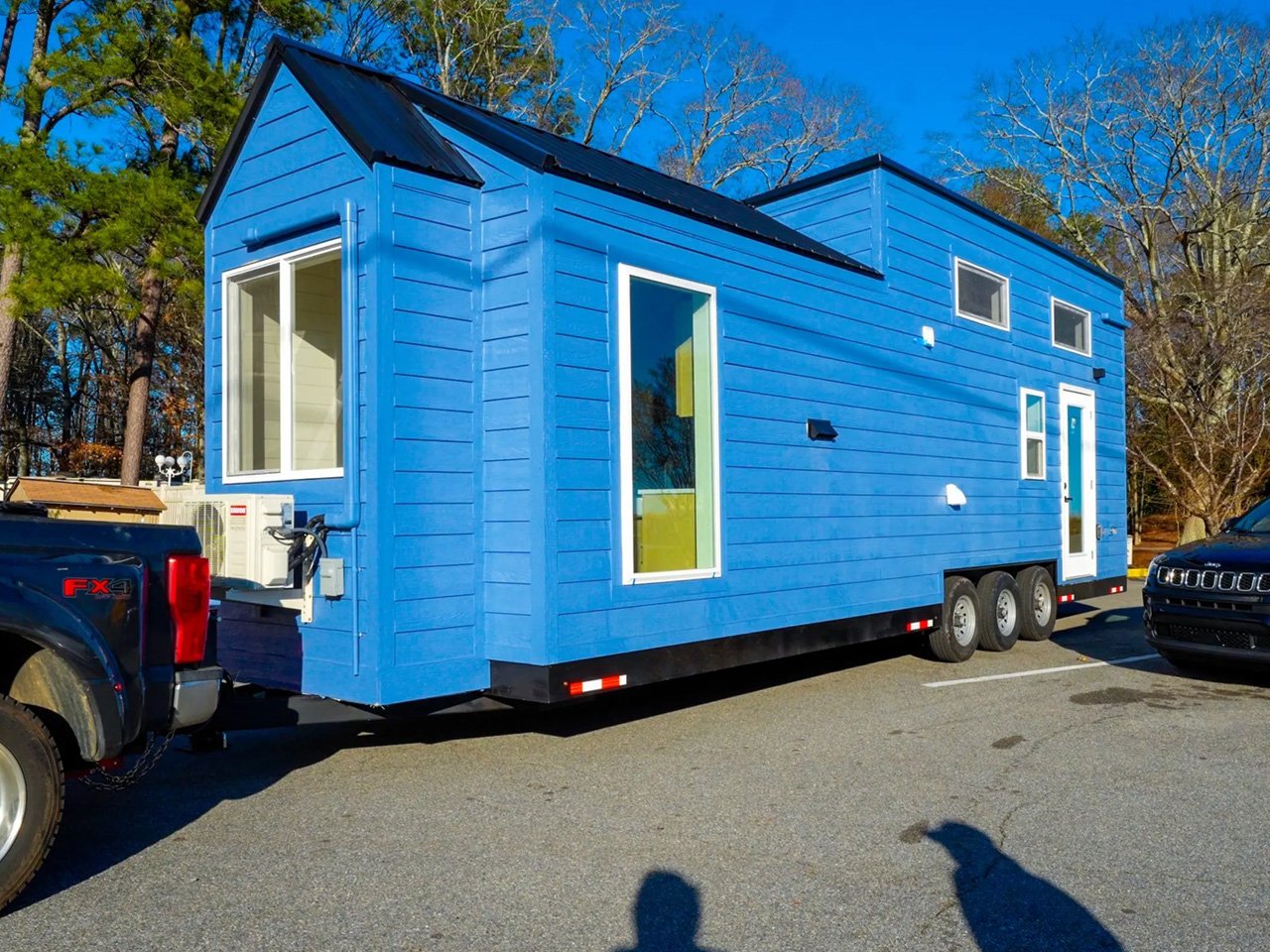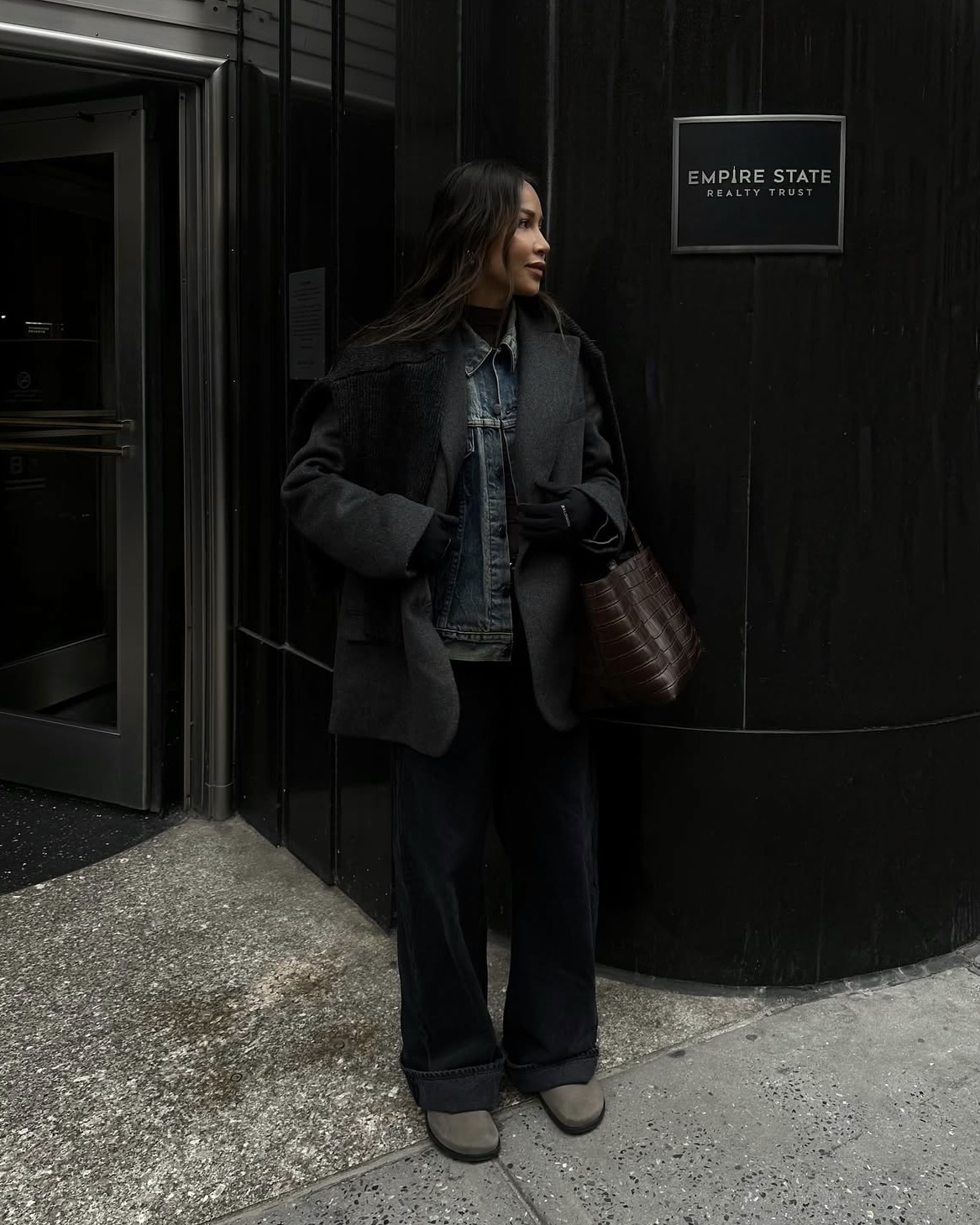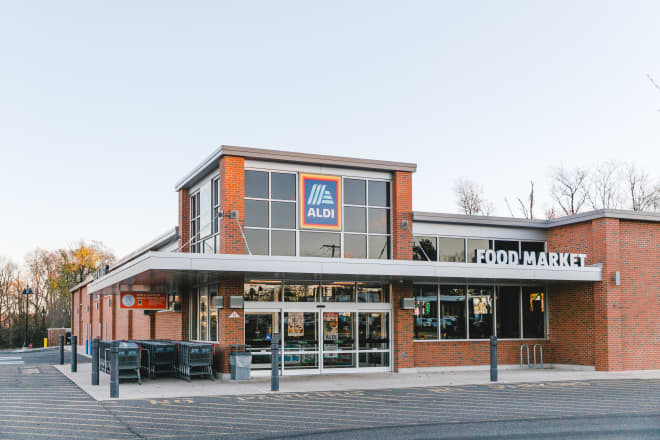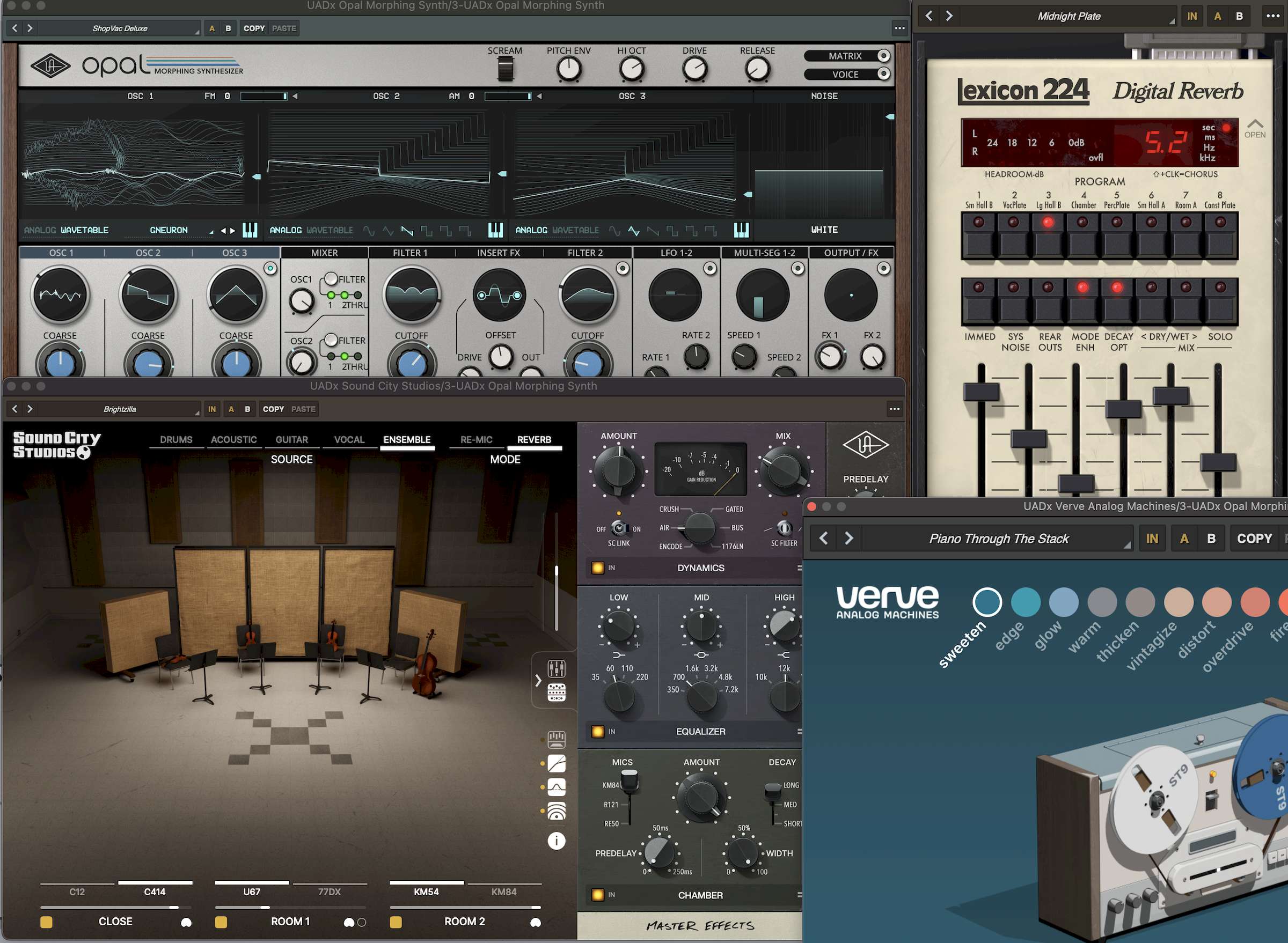tRetail Labs releases landmark study on impact of street pricing policies at US airports
Retail technology specialist and analytics company tRetail Labs releases a White Paper that assesses the effect of street pricing policies on customer satisfaction at US airports.
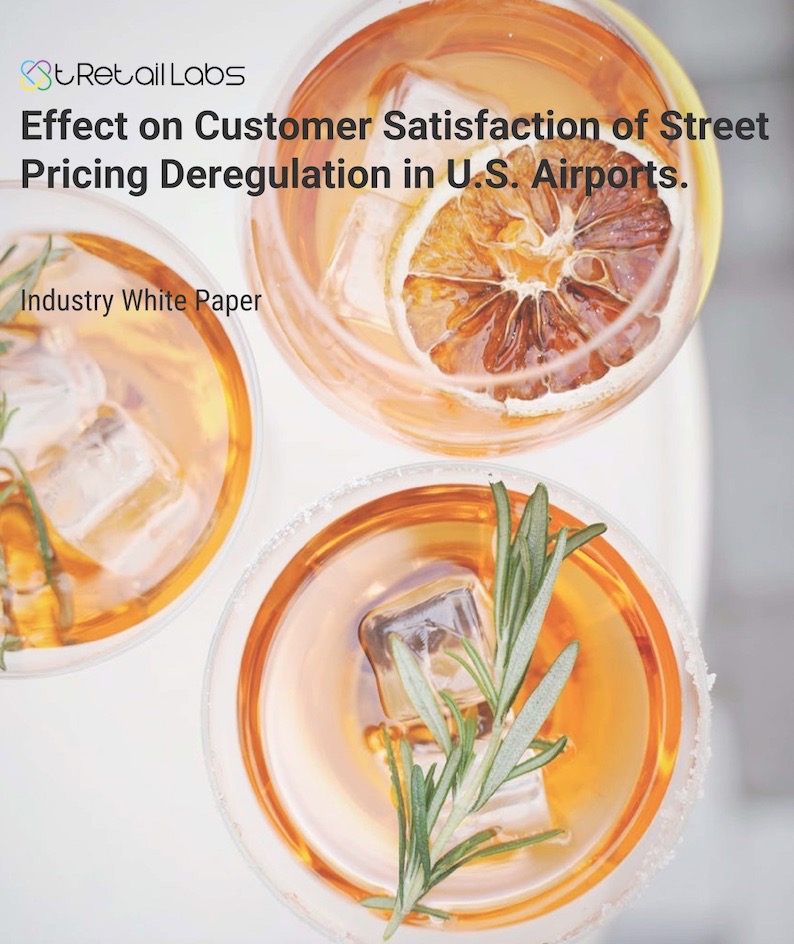

USA. Retail technology specialist and analytics company tRetail Labs has released a White Paper that assesses the effect of street pricing policies on customer satisfaction at US airports.
Street pricing policies—designed to ensure price parity between airport and high-street offerings—have long been widely adopted by airports in the region. But those strategies have come under the spotlight against the backdrop of an airport concessions landscape defined by rising costs, heightened passenger expectations and increasing pressure on commercial operators to deliver both value and a positive experience.
This paper offers the first evidence-backed evaluation of how street pricing policies shape traveller sentiment and purchasing behaviour.
The academic study underpinning the White Paper will be presented at the upcoming Asia-Pacific Council on Hotel, Restaurant, and Institutional Education Conference in Chiang Mai.
tRetail Labs CEO Sushanta Das spoke to The Moodie Davitt Report President about the study, its methodology and key insights, and assessed how it might affect the future of pricing strategies at US airports.
The Moodie Davitt Report: Sushanta, what motivated tRetail Labs to explore the impact of street pricing policies on traveller satisfaction at US airports?
Sushanta Das: In the context of US airports, street pricing—aligning airport F&B prices with local market rates—was introduced to protect travellers from excessive charges. This policy is unique compared to other global markets. We also recognised the lack of prior academic research on its impact, so we undertook this study to deliver clear, data-backed insights for the industry.
With rising costs, evolving consumer expectations for personalised, high-quality experiences and distinct operational demands, it was essential to examine whether street pricing still delivers on its intended objectives.
Can you elaborate on the methodology employed in this study?
Sushanta Das: We used a mixed-methods approach combining text analytics, sentiment scoring, and a regression-based difference-in-differences (DiD) model to isolate the impact of street pricing deregulation on traveller satisfaction. Phoenix Sky Harbor International Airport —which made the bold decision to fully abolish street pricing policies in 2019—served as our treatment airport. This allowed us to observe traveller responses in a deregulated setting.
We then compared this with two control US airports that continue to operate under traditional street pricing policies. By analysing traveller review data across these three airports, we could measure changes in price mentions and satisfaction scores over time and attribute them specifically to the pricing policy shift at Phoenix Airport.
Phoenix was the first major US airport to take this step and we commend the management for its leadership and willingness to challenge convention. Their decision to remove street pricing entirely opened up a critical real-world setting to observe how pricing flexibility interacts with traveller perceptions in a live airport environment.

What were the key findings about traveller perceptions of pricing post-deregulation?
Sushanta Das: Our analysis revealed that the proportion of reviews mentioning price remained statistically stable after deregulation. Moreover, among travellers who did mention price, satisfaction ratings did not decline.
This suggests that pricing flexibility did not negatively impact overall customer perception. In fact, price perceptions are often tied to other attributes such as quality—travellers may view price as fair or unfair based on the perceived value of their experience.
How can airport authorities and concessionaires apply these insights in their operations?
Sushanta Das: The findings advocate for a more nuanced approach to airport F&B pricing strategies. Airports could consider a hybrid pricing model where certain categories, like quick-service outlets, adhere to street pricing, while others, such as sit-down restaurants, have the flexibility to adjust pricing based on the value they offer. This strategy can cater to diverse traveller segments, balancing affordability with enhanced service offerings.
CX Delightors launch and next steps
 The release of the White Paper also marks the debut of CX Delightors, a proprietary framework developed by tRetail Labs.
The release of the White Paper also marks the debut of CX Delightors, a proprietary framework developed by tRetail Labs.
“CX Delightors helps airports and F&B operators decode what truly delights travellers,” said Das. “It translates insights into actionable metrics that tie directly into KPIs like sales per enplanement (passenger), pricing impact cum sensitivity analysis, and operational priorities.”
“I would also like to acknowledge the support from Airport Restaurant & Retail Association (ARRA) and academic contributions from Professor Thorsten Merkle from Zurich University of Applied Sciences, and Professor Satheesh Seenivasan from Monash University, whose involvement helped shape this research initiative.”
tRetail Labs is preparing to release a second white paper, titled ‘The Next Evolution of CX Delightors in US Airports’ at the upcoming Passenger Terminal Expo in Madrid on 8 April. The new study will expand how ‘traveller delight’ can be mapped, measured, and translated into long-term commercial performance.
For an exploratory discussion on how the research can help your airport commercial and CX strategies, please contact Sushanta Das at sushanta.das@tretaillabs.com
Access the White Paper
The Industry White Paper, Effects on Customer Satisfaction of Street Pricing Policies in US Airports, is now available. Click here to sign up and receive your copy of the full report, or access it via the QR code above. 
*The Moodie Davitt Report, in partnership with tRetail Labs, recently released a series of seven extensive Airport Food & Beverage Market Intelligence Reports. These include market-size estimation of the various dining categories and formats that make up the airport F&B business, including restaurants, bars, cafés, fast-food outlets and more. The reports go into detail on average spend by category and the airports leading the market in each region.
For details and pricing, please contact Research Director Jessica Allerton at jessica@moodiedavittreport.com.
Note: The Moodie Davitt Report publishes the FAB Newsletter, which features highlights of openings, events and campaigns from around the world of airport and travel dining.
Please email Kristyn@MoodieDavittReport.com for your complimentary subscription.




![‘Zombie Army VR’ Shuffles to a May 22 Release; Pre-Orders Open Now [Trailer]](https://bloody-disgusting.com/wp-content/uploads/2025/03/zombiearmy.jpg)

![Tubi’s ‘Ex Door Neighbor’ Cleverly Plays on Expectations [Review]](https://bloody-disgusting.com/wp-content/uploads/2025/03/Ex-Door-Neighbor-2025.jpeg)
![Uncovering the True Villains of Gore Verbinski’s ‘The Ring’ [The Lady Killers Podcast]](https://bloody-disgusting.com/wp-content/uploads/2025/03/Screenshot-2025-03-27-at-8.00.32-AM.png)































































































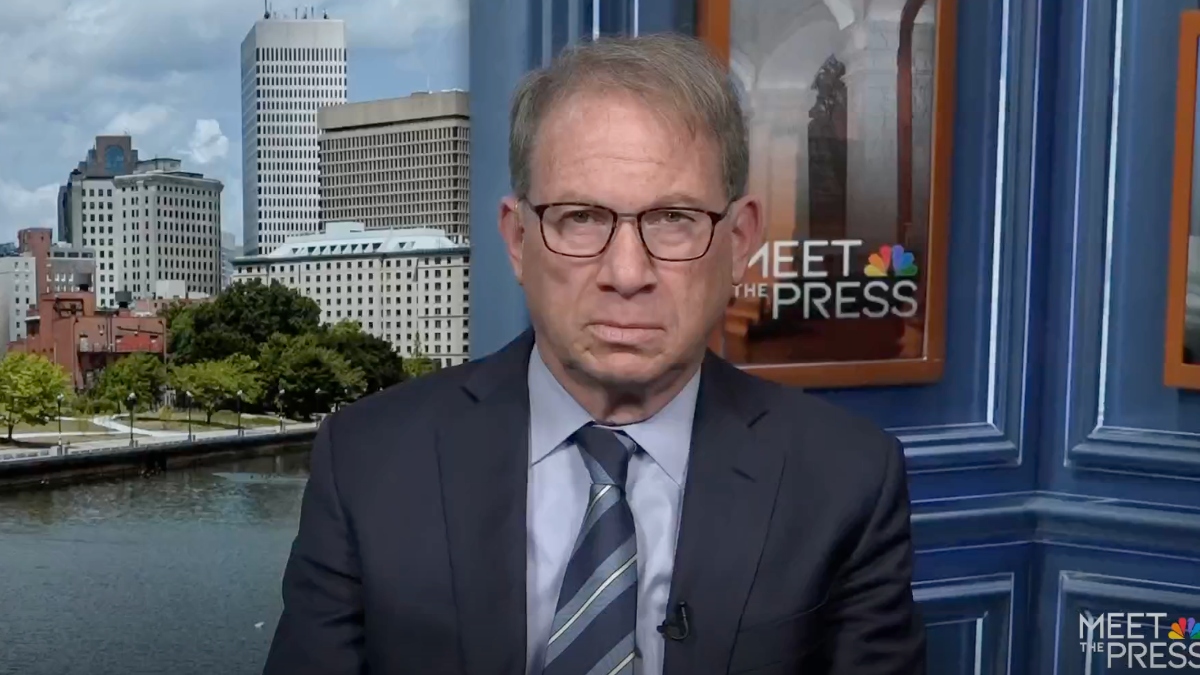















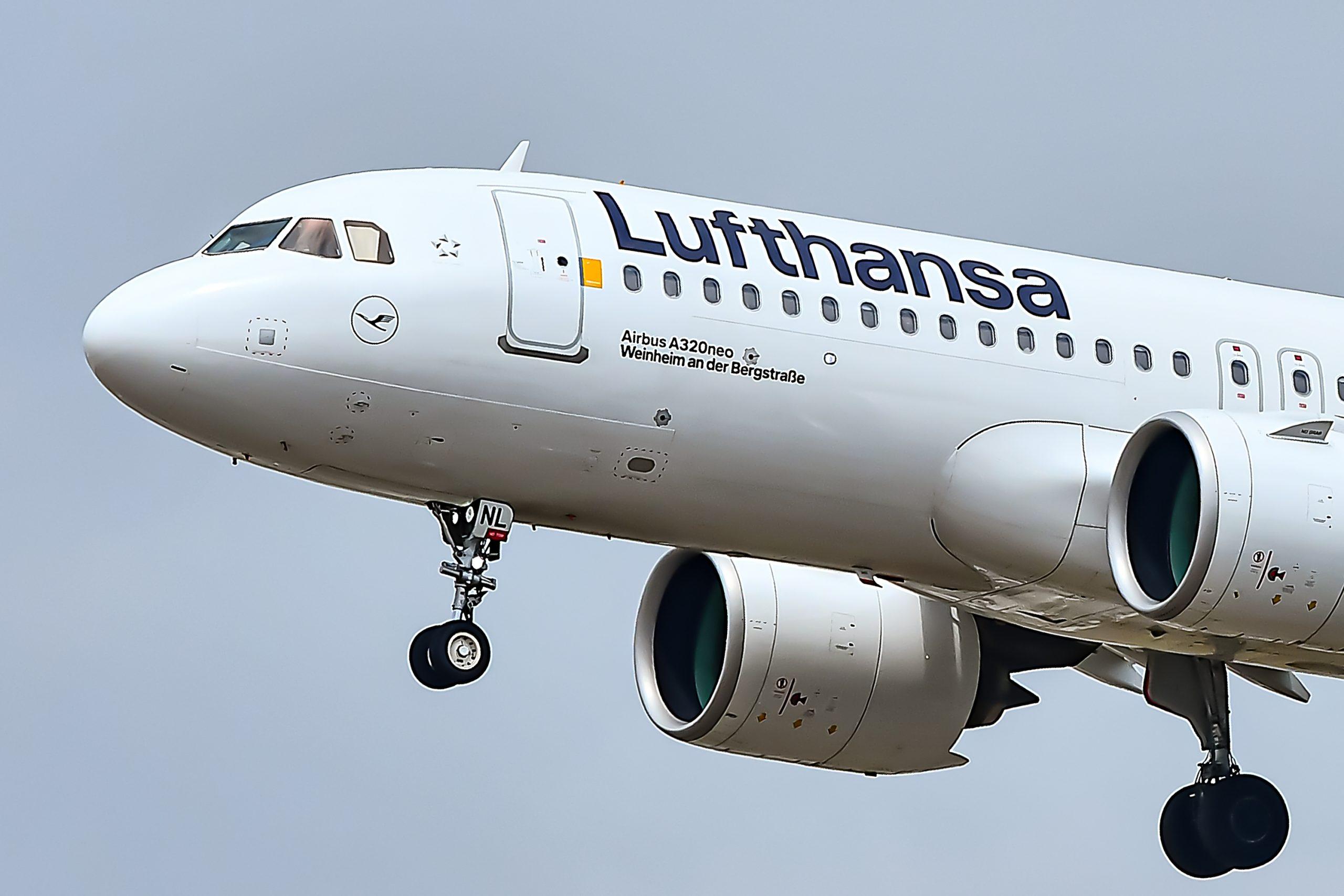
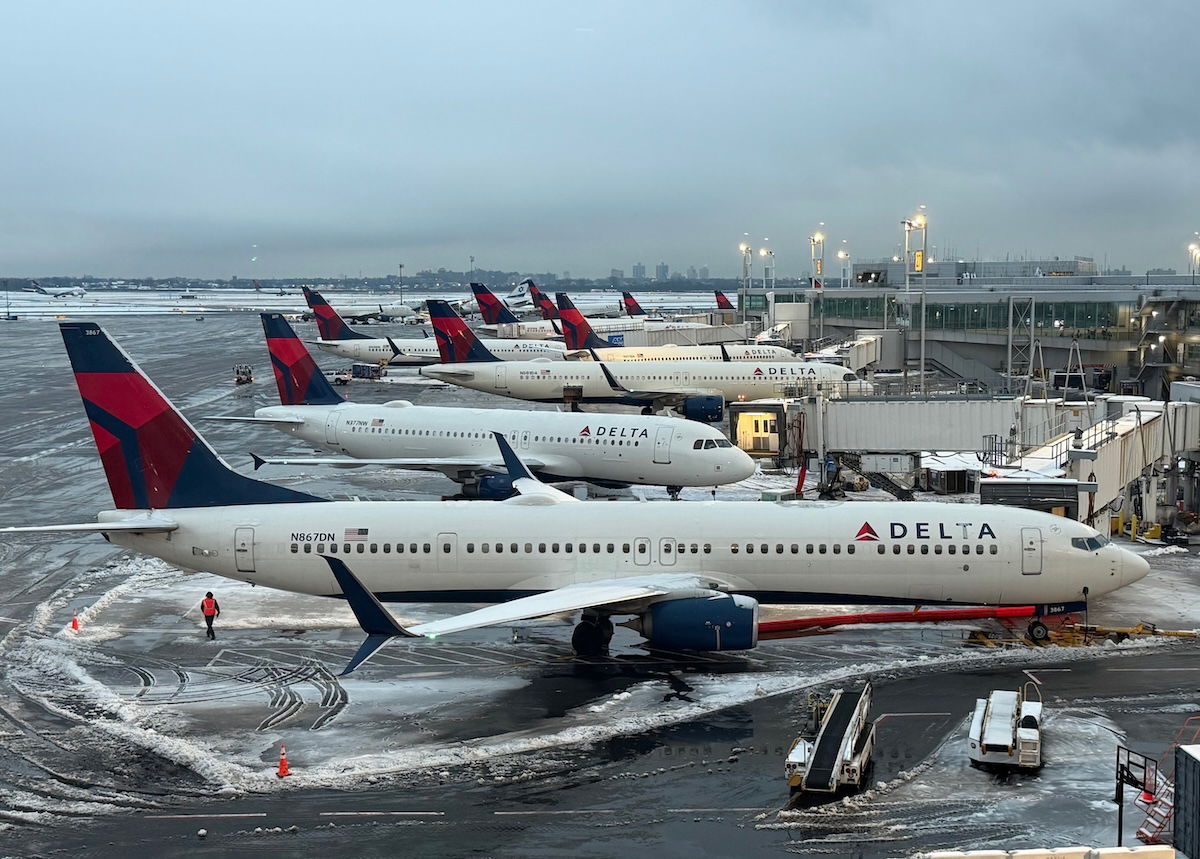










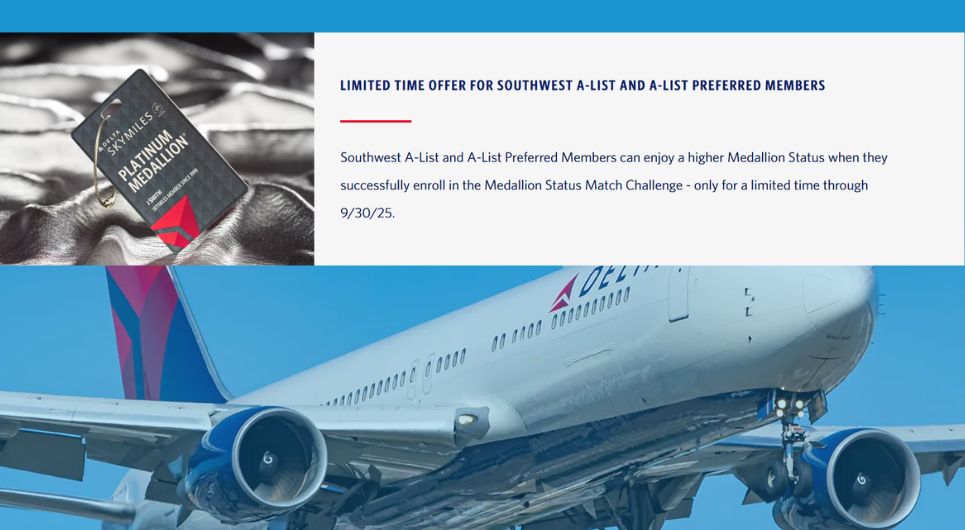




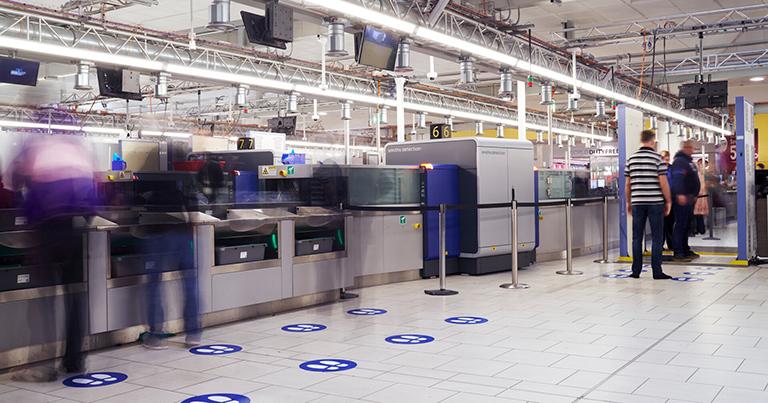
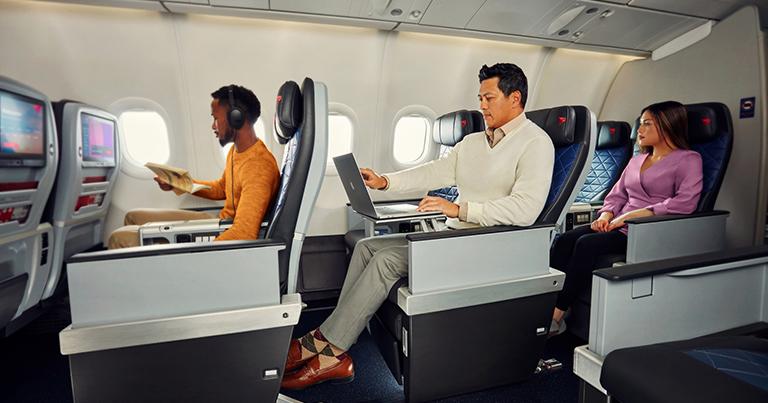
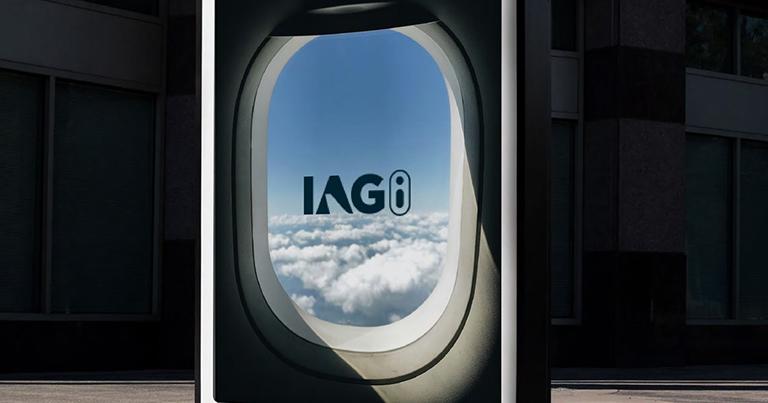
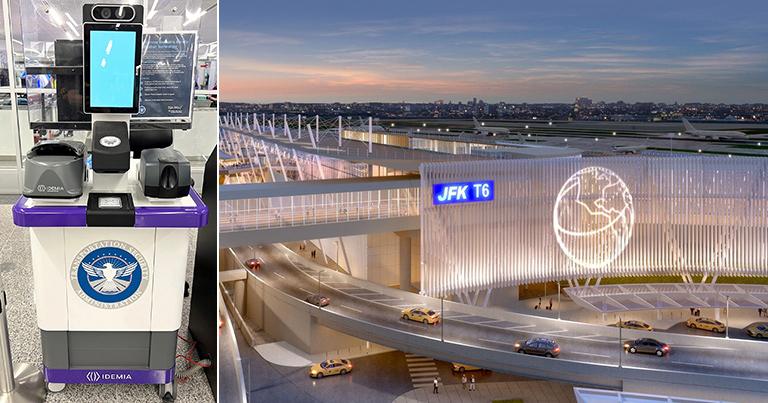



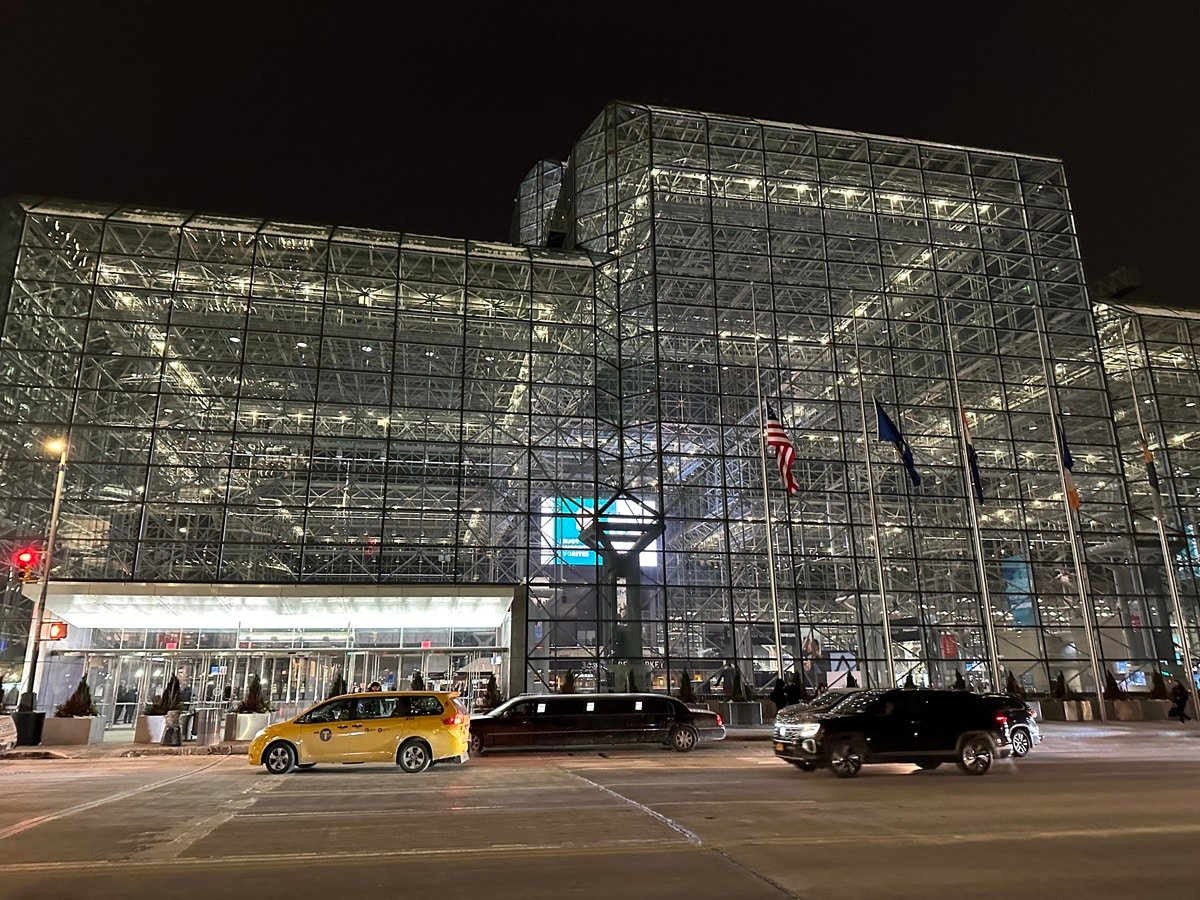




























































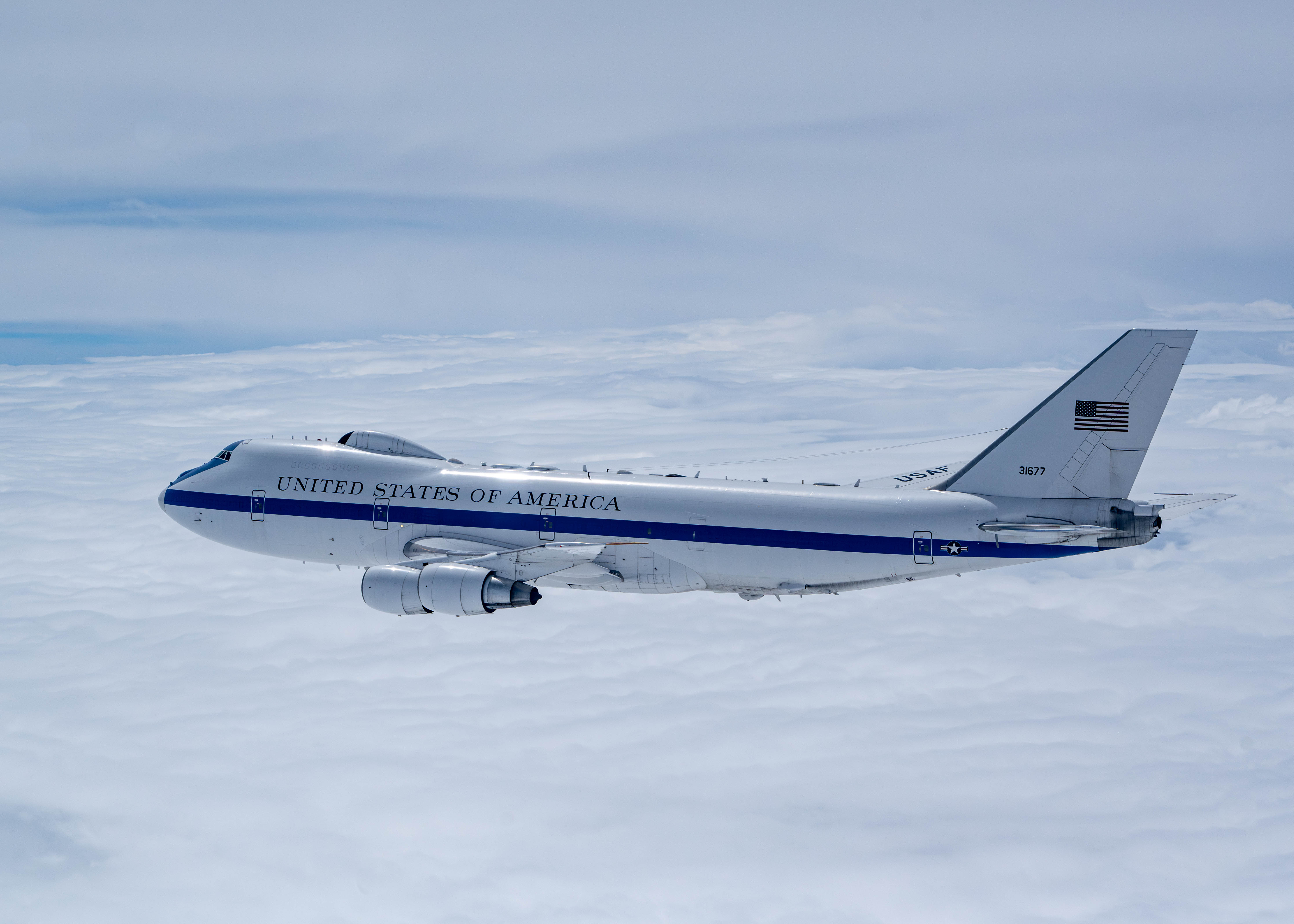
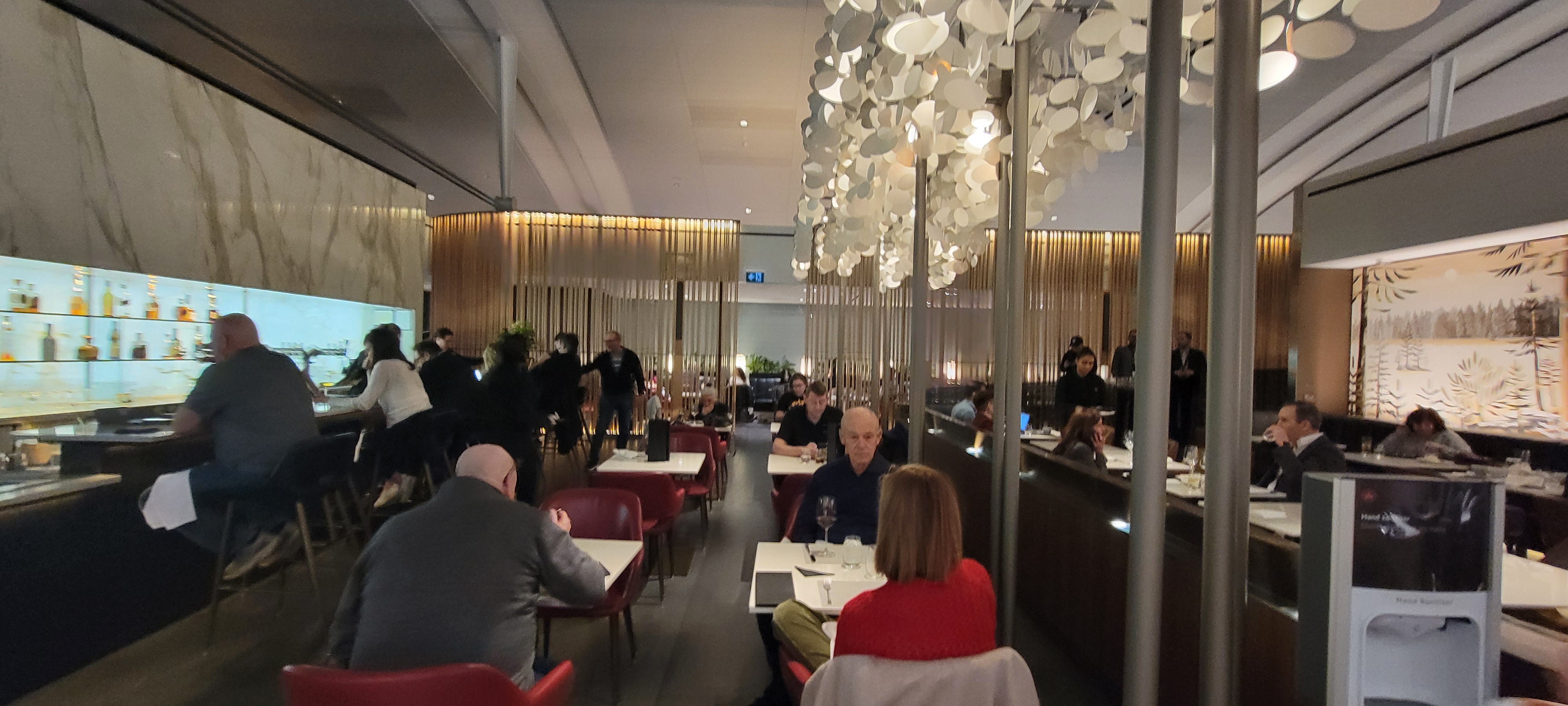
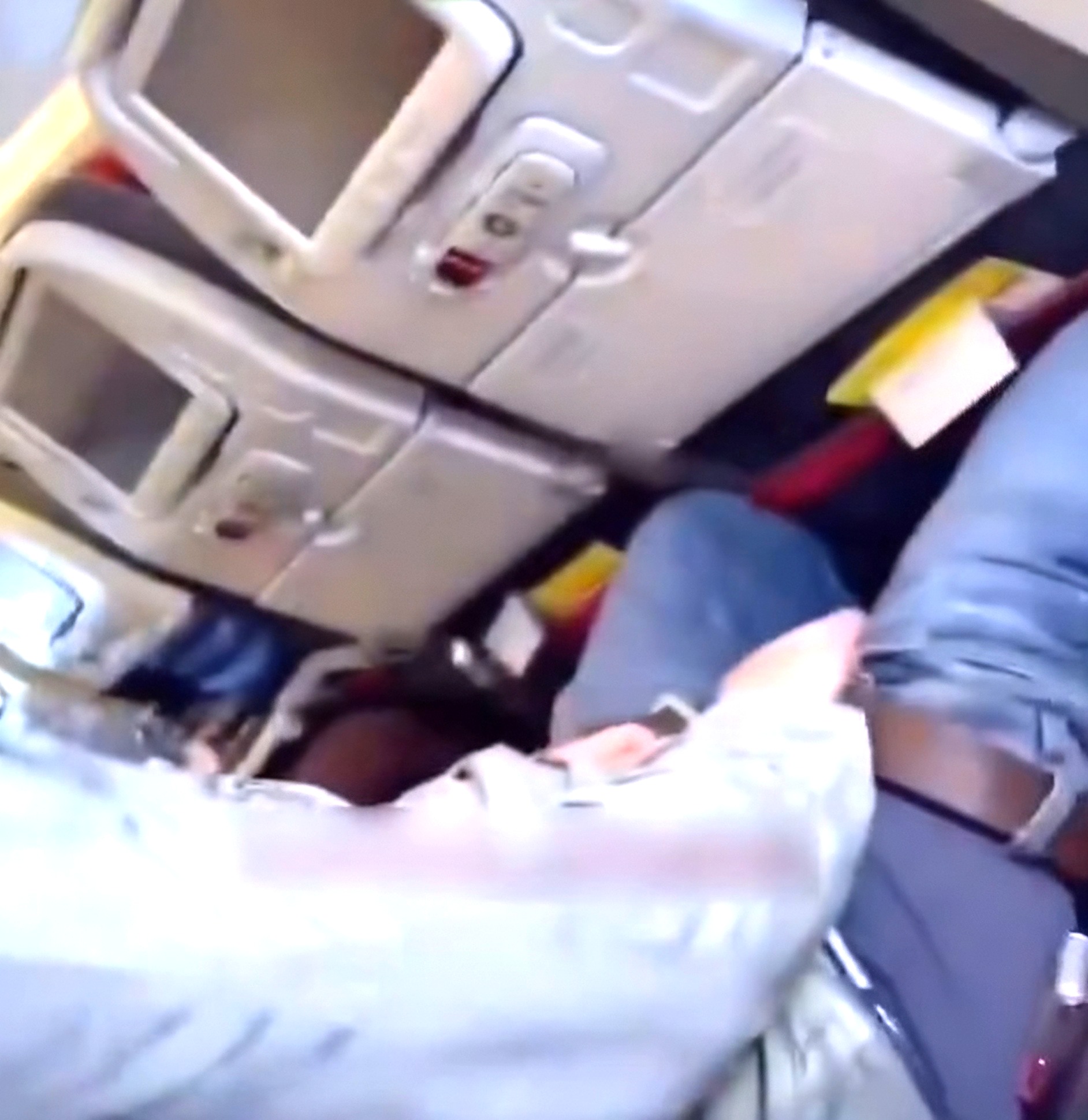



















.jpg?width=1920&height=1920&fit=bounds&quality=80&format=jpg&auto=webp#)


OSAMU-NAKAMURA.jpg?width=1920&height=1920&fit=bounds&quality=80&format=jpg&auto=webp#)






.png?#)
















































